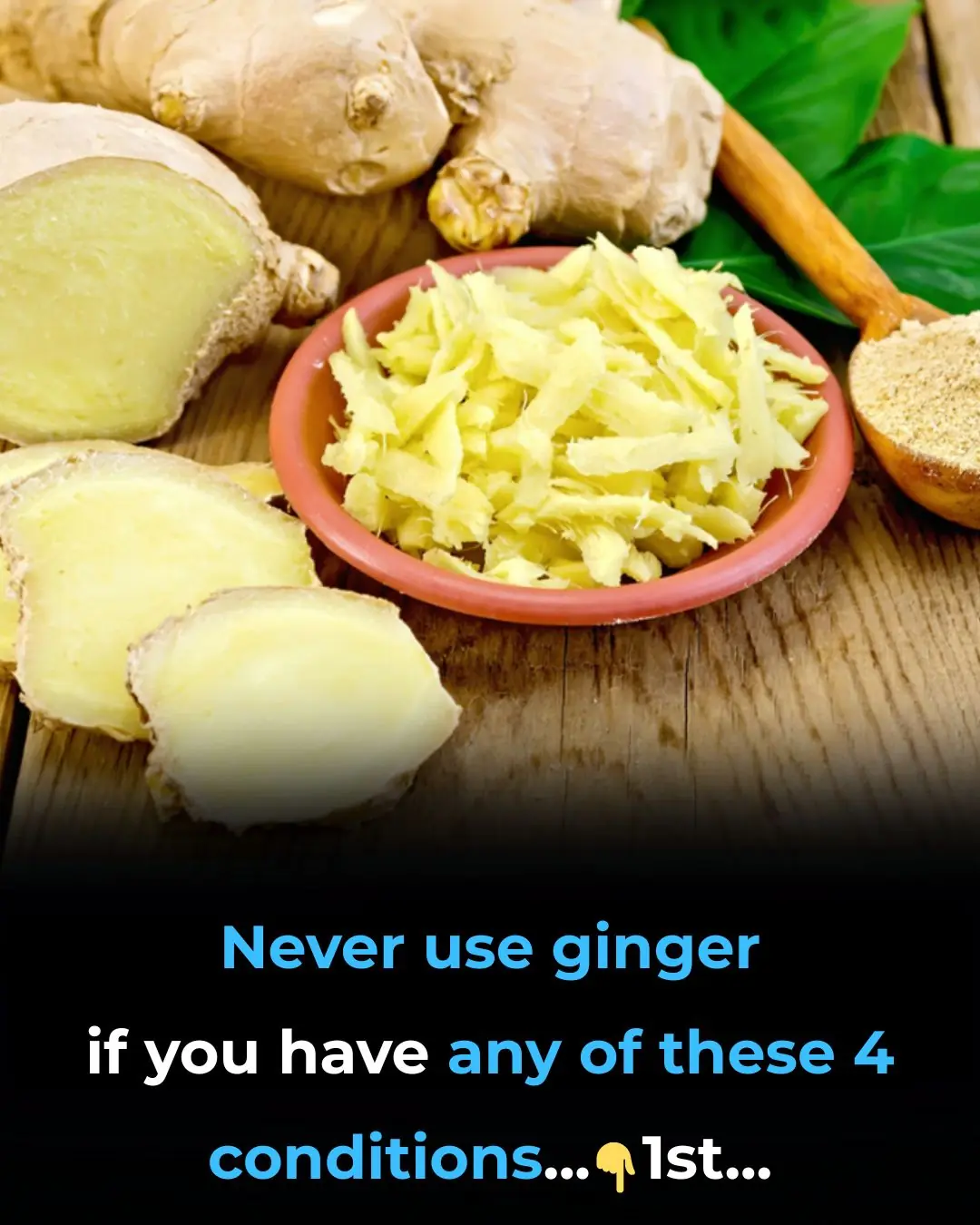
How to Fry Tofu to Golden Crisp Perfection Without Oil Splashes or Sticking
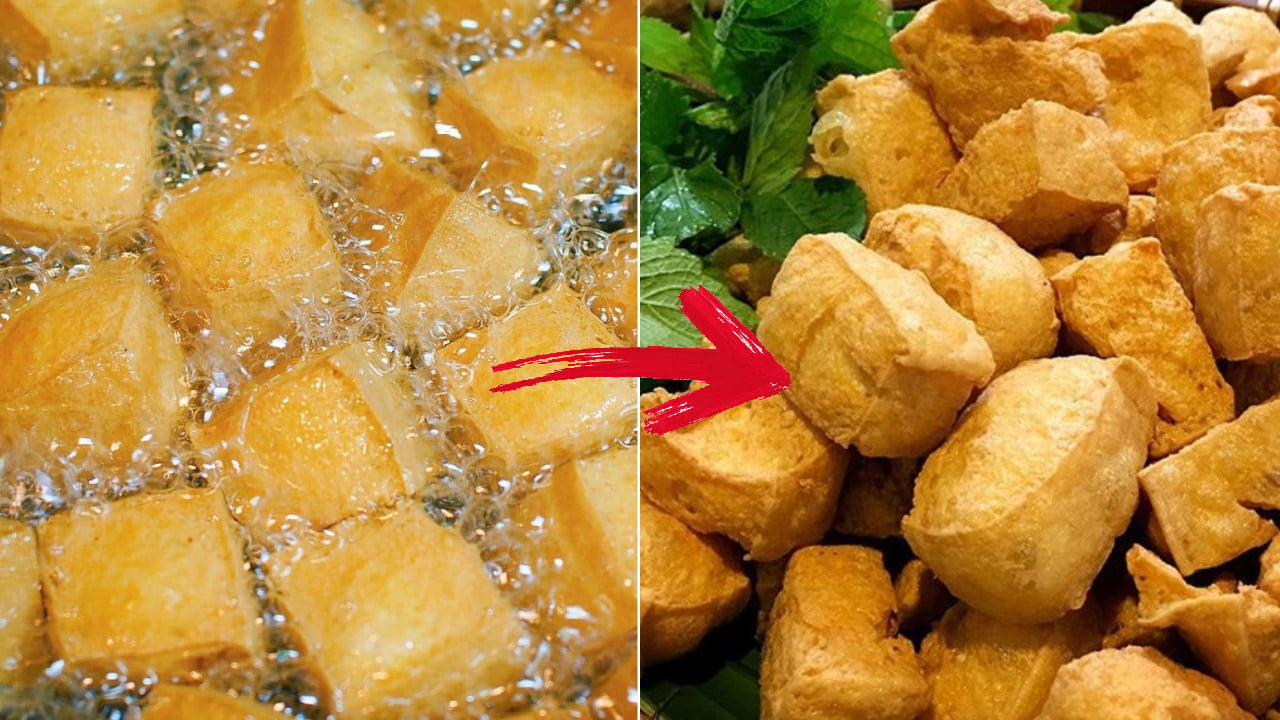 Frying tofu is a simple and familiar dish in many households, but it can be tricky to get it perfectly golden and crispy without it sticking to the pan, breaking apart, or causing oil splashes. By following a few extra steps before placing the tofu in the pan, you can achieve restaurant-quality results every time.
Frying tofu is a simple and familiar dish in many households, but it can be tricky to get it perfectly golden and crispy without it sticking to the pan, breaking apart, or causing oil splashes. By following a few extra steps before placing the tofu in the pan, you can achieve restaurant-quality results every time.
1. Choose the Right Tofu
The first and most important step is to choose high-quality tofu.
-
Look for tofu that is light in color, soft, and smooth.
-
Avoid tofu with gypsum, which tends to be heavy, dense, and slightly hard, often with a bitter taste or no fragrance.
-
Good tofu should have a pleasant, natural aroma and a creamy, slightly nutty flavor.
Selecting the right tofu sets the foundation for a successful frying process because the texture and moisture content will affect the crispiness and overall taste.
2. Soak or Blanch the Tofu
-
Soak the tofu in lightly salted water for about 30 minutes. This reduces moisture inside the tofu, ensuring that it fries crispy on the outside while remaining soft inside.
-
Alternatively, you can blanch the tofu in boiling water for 20 seconds. The heat firms the tofu slightly, preventing it from falling apart while still retaining its interior moisture.
These pre-treatments make a significant difference, especially for softer tofu varieties, which are more prone to breaking during frying.
3. Pat the Tofu Dry
After soaking or blanching, remove the tofu and place it on paper towels or a clean cloth to absorb excess water.
-
This step is crucial to prevent oil from splashing when you put the tofu into the hot pan.
-
Tofu that is too wet will not crisp properly and may release water during frying, making it soggy.
4. Prepare the Pan
A clean pan is essential. Ideally, use a pan reserved only for frying, not one previously used for sautéing salty or sticky dishes.
-
For an added anti-stick effect, rub a slice of fresh ginger on the bottom and sides of the pan before adding oil or fat. This simple trick creates a natural barrier that helps prevent sticking.
5. Use Lard Instead of Vegetable Oil
Using lard (or pork fat) rather than regular cooking oil gives your tofu:
-
A crispy golden exterior
-
A delicious, savory aroma
-
Resistance to burning at high temperatures
Ensure the fat covers about two-thirds of the tofu pieces. This allows the tofu to puff up slightly, crisp evenly, and stay moist inside. The hot fat surrounding the tofu forms a protective crust that prevents oil absorption and sogginess.
6. Monitor the Temperature
-
Test the lard with chopsticks: if small bubbles appear immediately, the temperature is ready.
-
Arrange tofu without crowding to allow heat circulation, so each piece fries evenly.
-
Adjust the heat to medium-low after placing the tofu, avoiding burning while allowing it to cook through.
Maintaining proper temperature control is key to getting a crispy golden crust while keeping the inside tender.
7. Don’t Flip Too Soon
-
Allow one side to turn golden brown and firm before flipping.
-
Flipping too early can cause the tofu to break apart and absorb excess fat, resulting in a greasy texture.
By being patient and letting each side cook properly, your tofu will come out perfectly crispy and intact.
8. Optional Tips for Extra Crispiness
-
After frying, you can place the tofu on a cooling rack for a minute to allow any residual oil to drain.
-
Lightly dusting tofu with cornstarch or rice flour before frying can further enhance the crispiness.
-
Serve immediately to enjoy the contrast between the golden, crunchy exterior and soft, creamy interior.
Result
Following these steps will give you tofu that is:
-
Golden and crunchy on the outside
-
Soft, smooth, and slightly fluffy inside
-
Not sticking to the pan and free from oil splashes
This method is easy to follow, requires only basic ingredients, and guarantees a restaurant-quality tofu dish every time. Even beginners can master it with a little practice, and it works perfectly for everyday meals or special occasions.
News in the same category


Pick the Breakfast You’d Eat

A Simple Trick to Make Your Air Conditioner Work Smarter
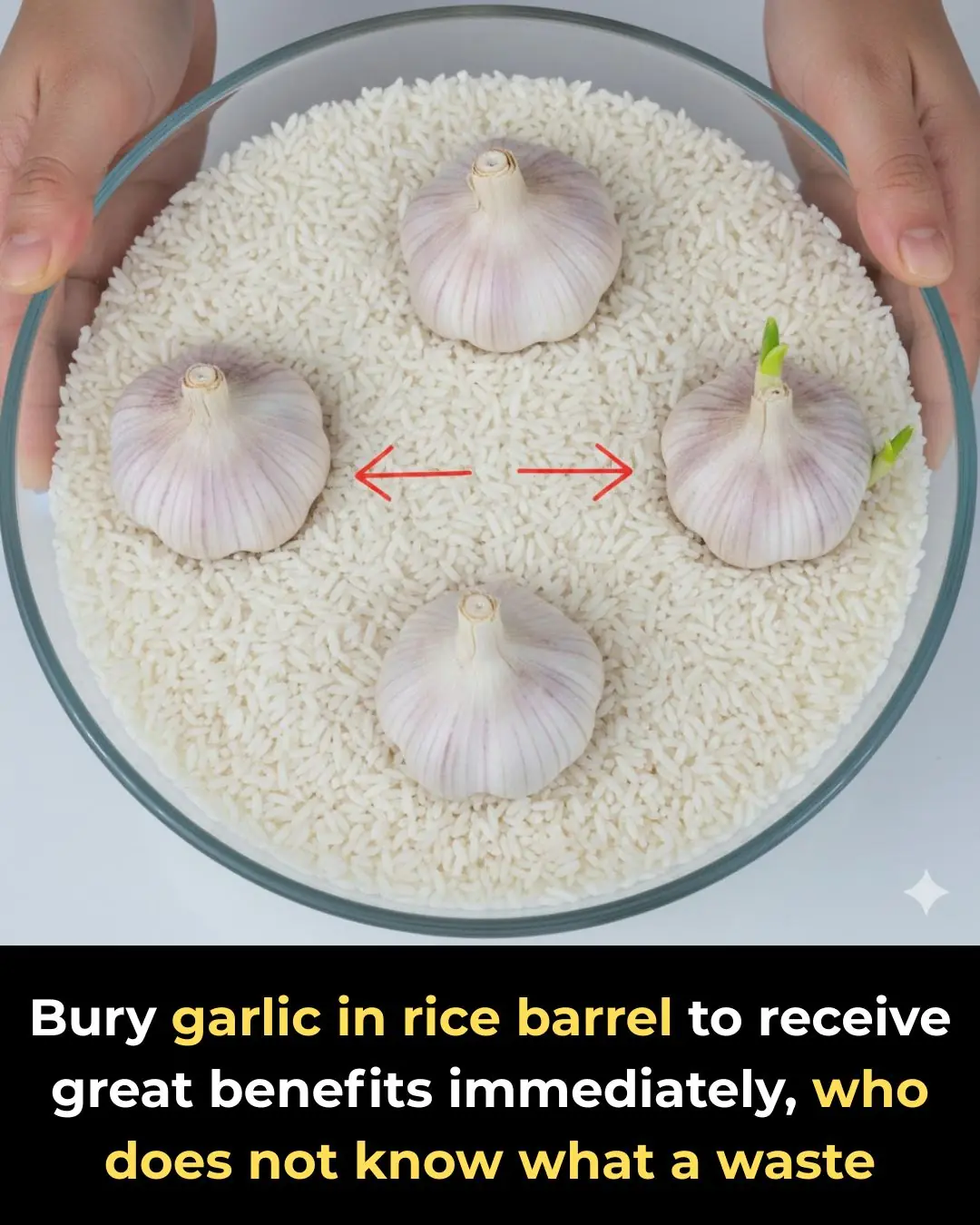
Bury Garlic in Your Rice Container for Amazing Benefits – Don’t Miss This Simple Trick

Don’t Wash a Moldy Wooden Cutting Board with Soap: Clean It Like New in Just 5 Minutes
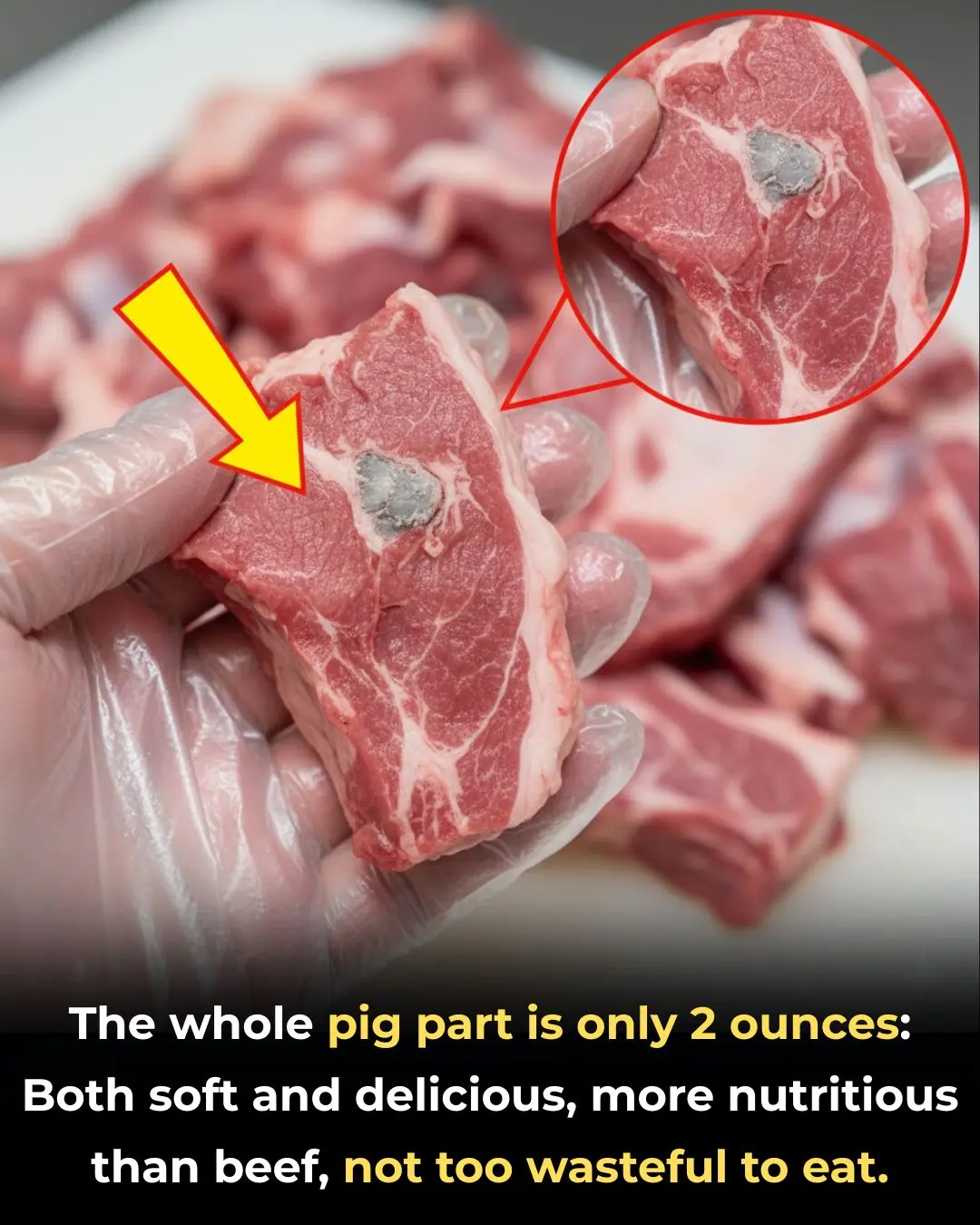
The Pork Cut That Only Weighs 200g: Tender, Delicious, and Even Healthier Than Beef

Placing a Plate of Salted Lemons by Your Bed: 5 Surprising Benefits Few People Know About

Throwing Away Coffee Grounds Is Like Throwing Away Money — Essential Uses Every Household Should Know
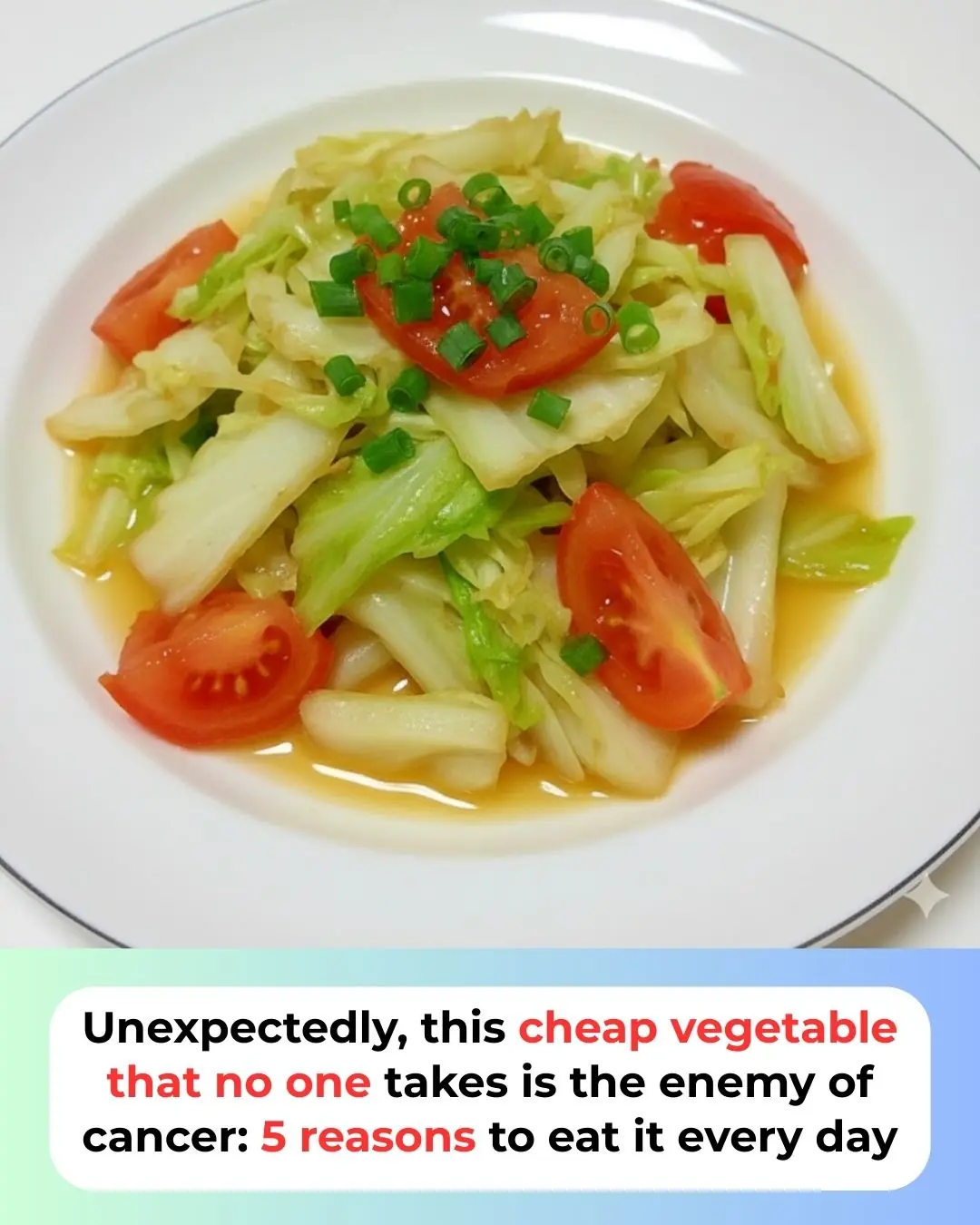
Unexpectedly, This Extremely Cheap Vegetable No One Values May Offer Powerful Health Benefits: 5 Reasons to Eat It Daily

6 Surprisingly Useful Functions of Your Phone’s Volume Buttons — You May Not Know Them All

You're doing it all wrong. Here’s the right way to prevent winter mold

Here’s the right way to keep indoor air fresh in winter

Soak face towels and bath towels with this powder, the musty smell disappears, kills all bacteria, and leaves no sticky residue.
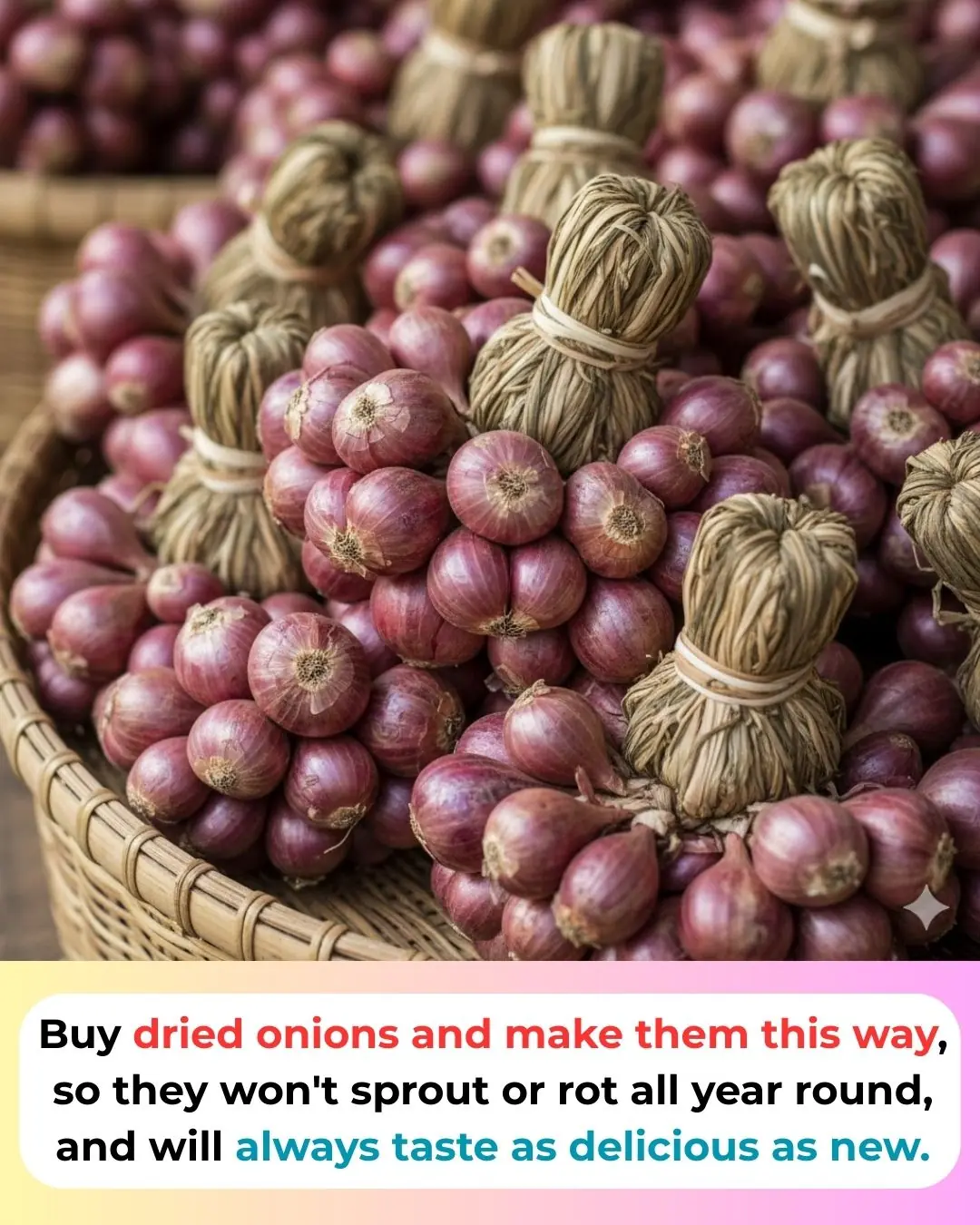
Buy dried onions and make them this way, so they won't sprout or rot all year round, and will always taste as delicious as new.

Cloudy bone broth: Drop this in and it will be crystal clear and sweet without MSG.

How to use a fan to make the room cool like turning on the air conditioner: Using it for a long time, you may not know for sure
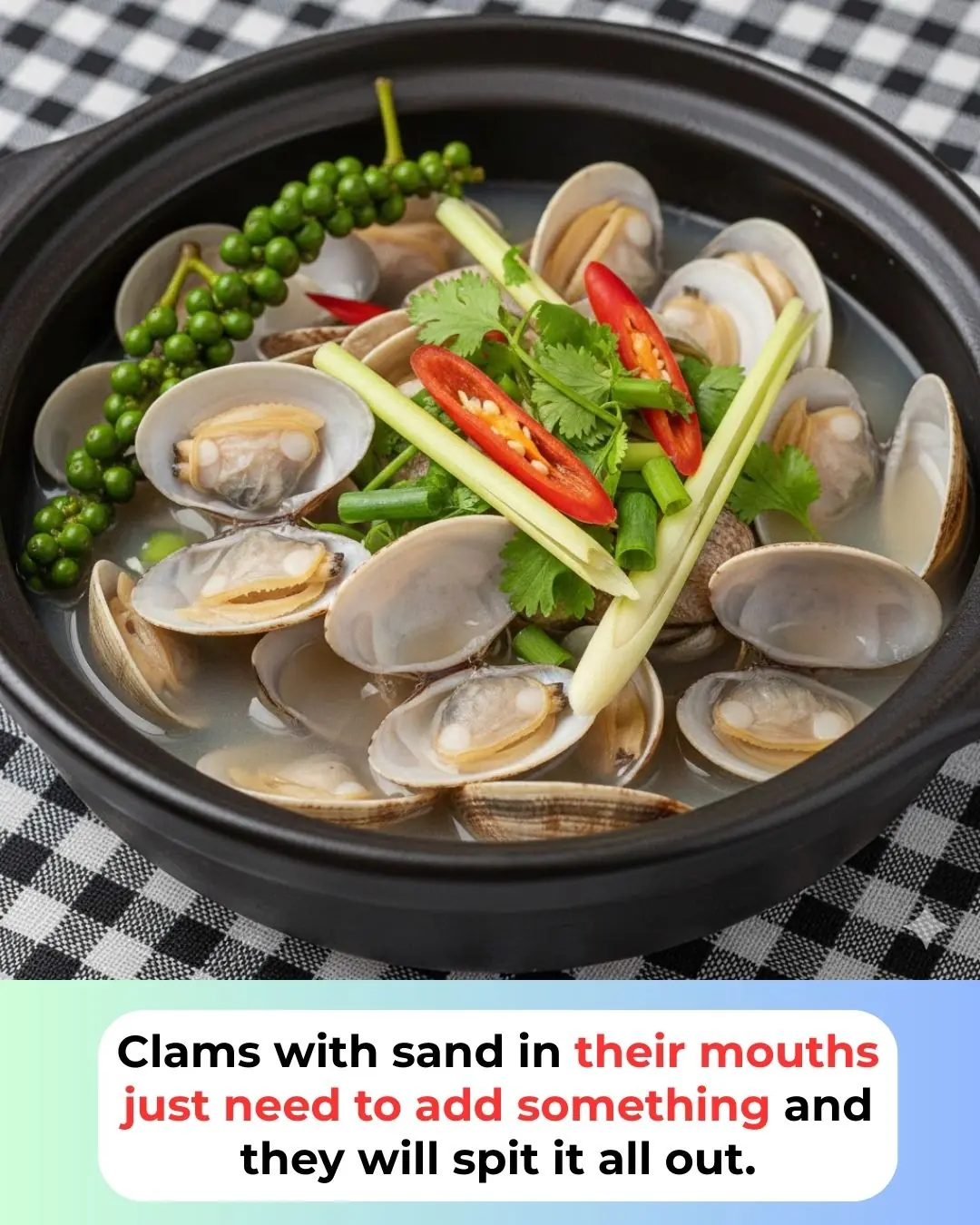
Clams with sand in their mouths just need to add something and they will spit it all out.

How to peel durian simply and easily, how long can you preserve it and it will still be as delicious as when you first picked it?
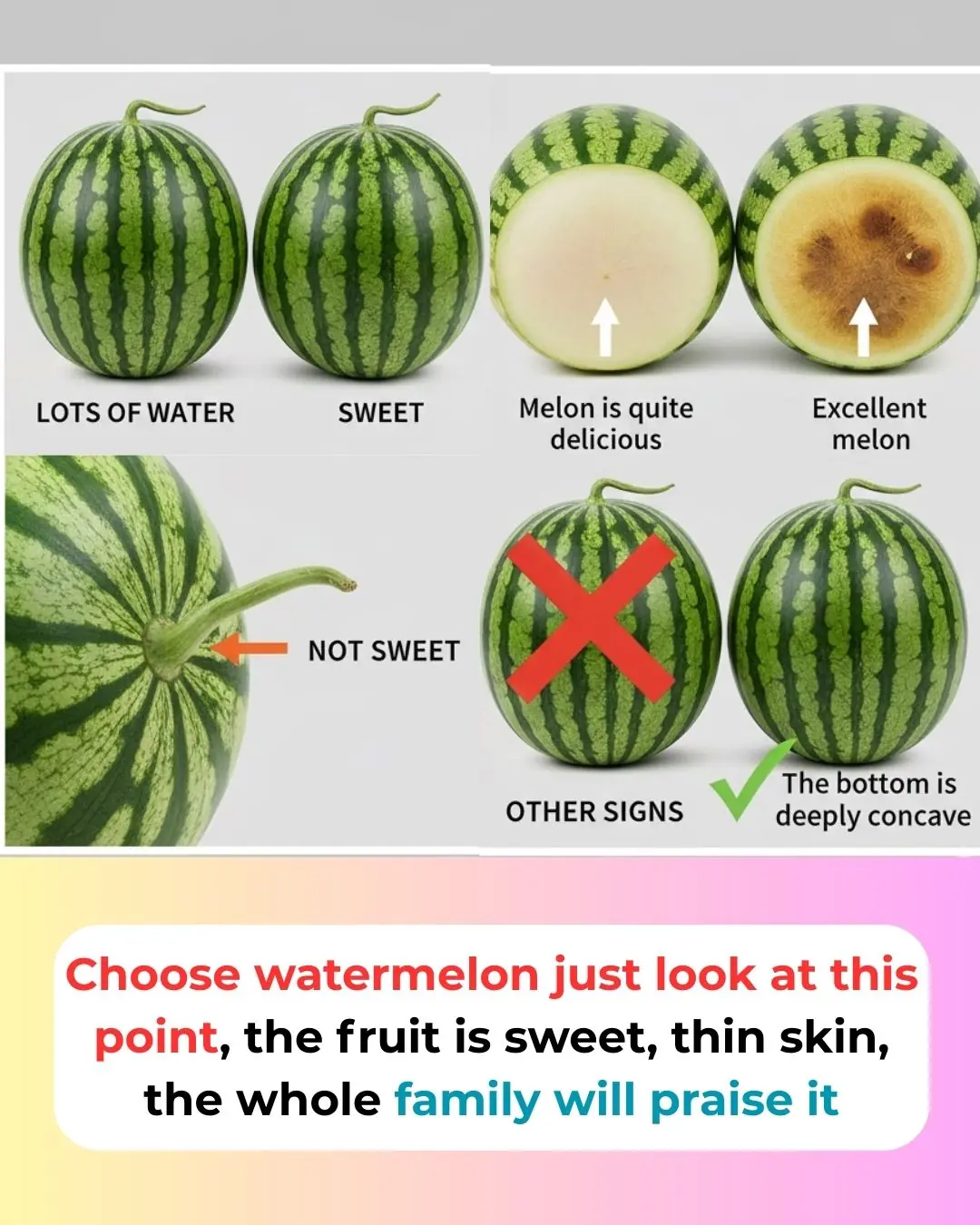
Choose watermelon just look at this point, the fruit is sweet, thin skin, the whole family will praise it
News Post

Injectable Gel Breakthrough Brings New Hope for Nerve Regeneration

Why Boiled Eggs Deserve a Spot on Your Breakfast Table

Goodbye Synthetic Dyes: Doritos Join the Push for Cleaner, Transparent Ingredients

Breakthrough Research Suggests Kidney Damage May Be Reversible After All

How Intermittent Fasting Protects the Heart: New Evidence on Blood Clots and Cardiovascular Health

New Evidence Links Hepatitis C to Brain Pathways in Mental Illness

ITV breaks silence as Celebrity Big Brother is ‘axed from ITV schedule’

Peter Andre teases ‘special’ project with wife Emily: ‘We are having exciting meetings’

🚫 When to Avoid Ginger — 6 Medical Conditions That May Be Affected

What Happens to Your Body When You Eat Canned Tuna Every Day

I’m A Celebrity star Kelly Brook’s husband reveals when he’s flying out to Australia

Kris Jenner shows support for Meghan Markle weeks after Kardashians photo scandal

Inside Angry Ginge’s ‘bromance’ with Angry Ginge – how they met; ‘going to war’ over diss track; huge ‘risk’ that ‘paid off’

Ant McPartlin’s tattoos explained – tribute to wife Anne-Marie; uproar over ‘missing’ family member; nod to his recovery

Emmerdale disaster incoming: Bear’s fate ‘sealed’ as Joshua Richards makes devastating admission
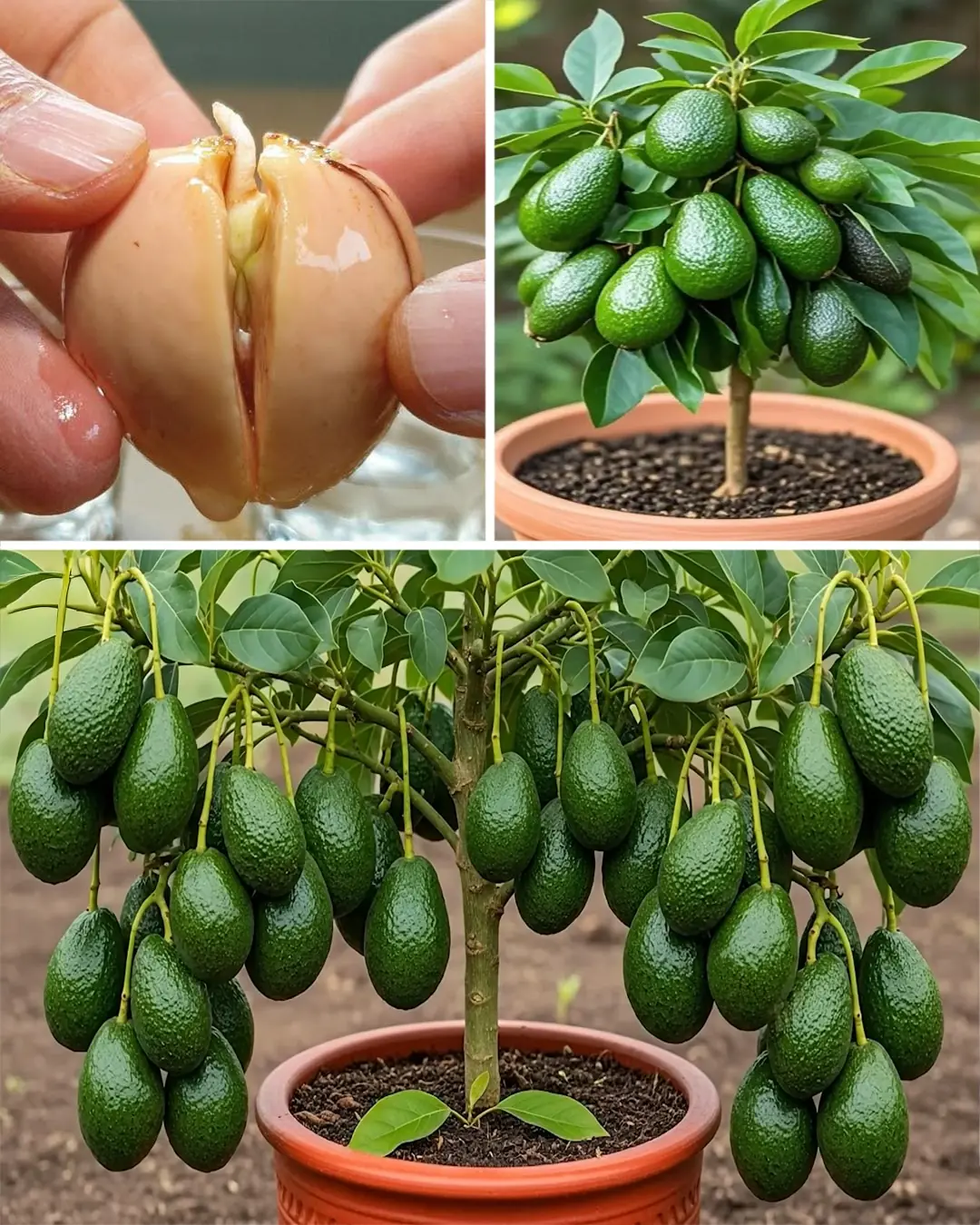
How Do Farmers Grow Avocado Trees

Robron plot Kev’s downfall – but Emmerdale fans declare they ‘love him’

If You See a Woman Wearing a Wedding Ring On Her Pinky, Here's What It Means

2-Minute Painless Hair Removal: Natural At-Home Solution
